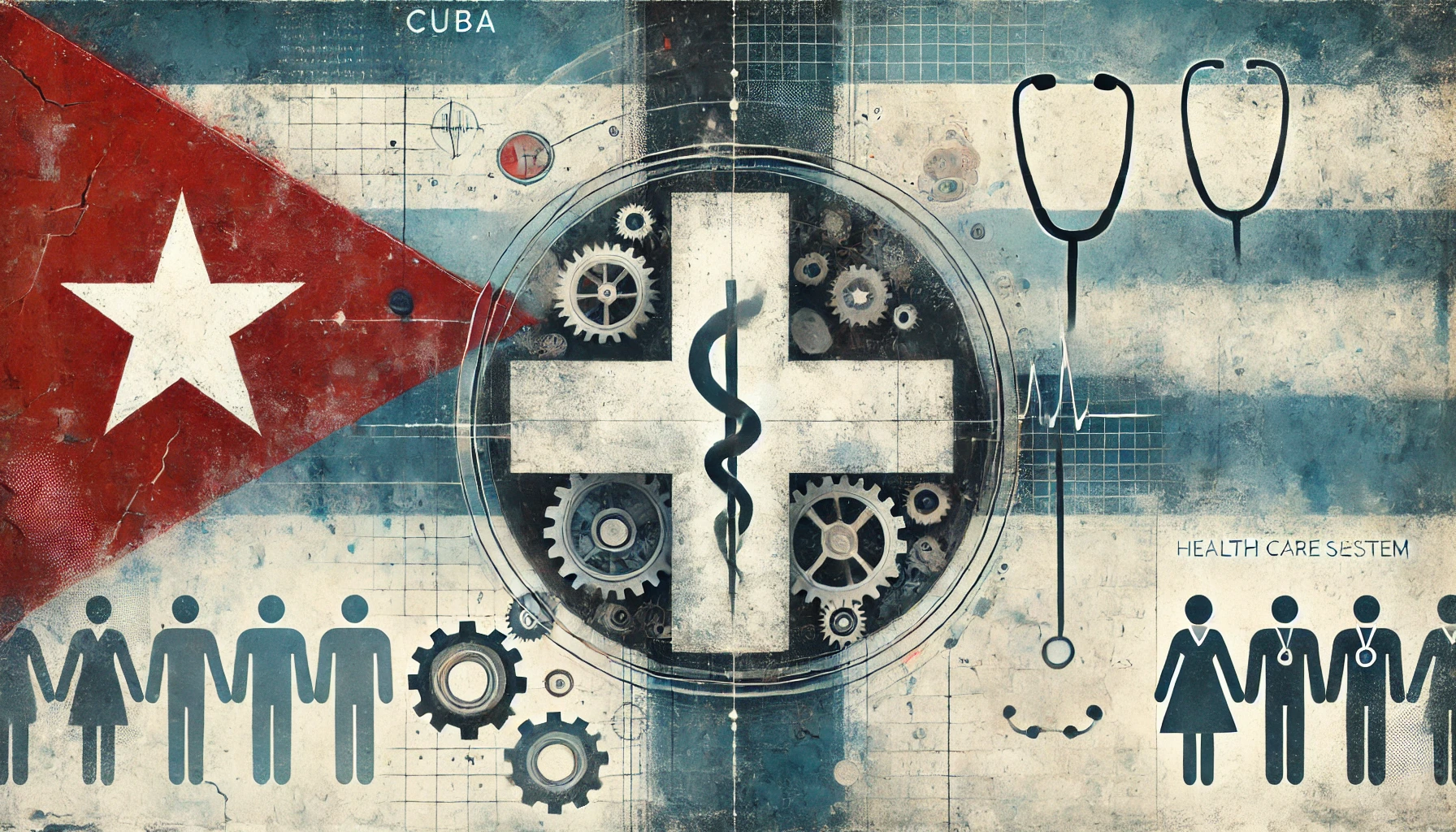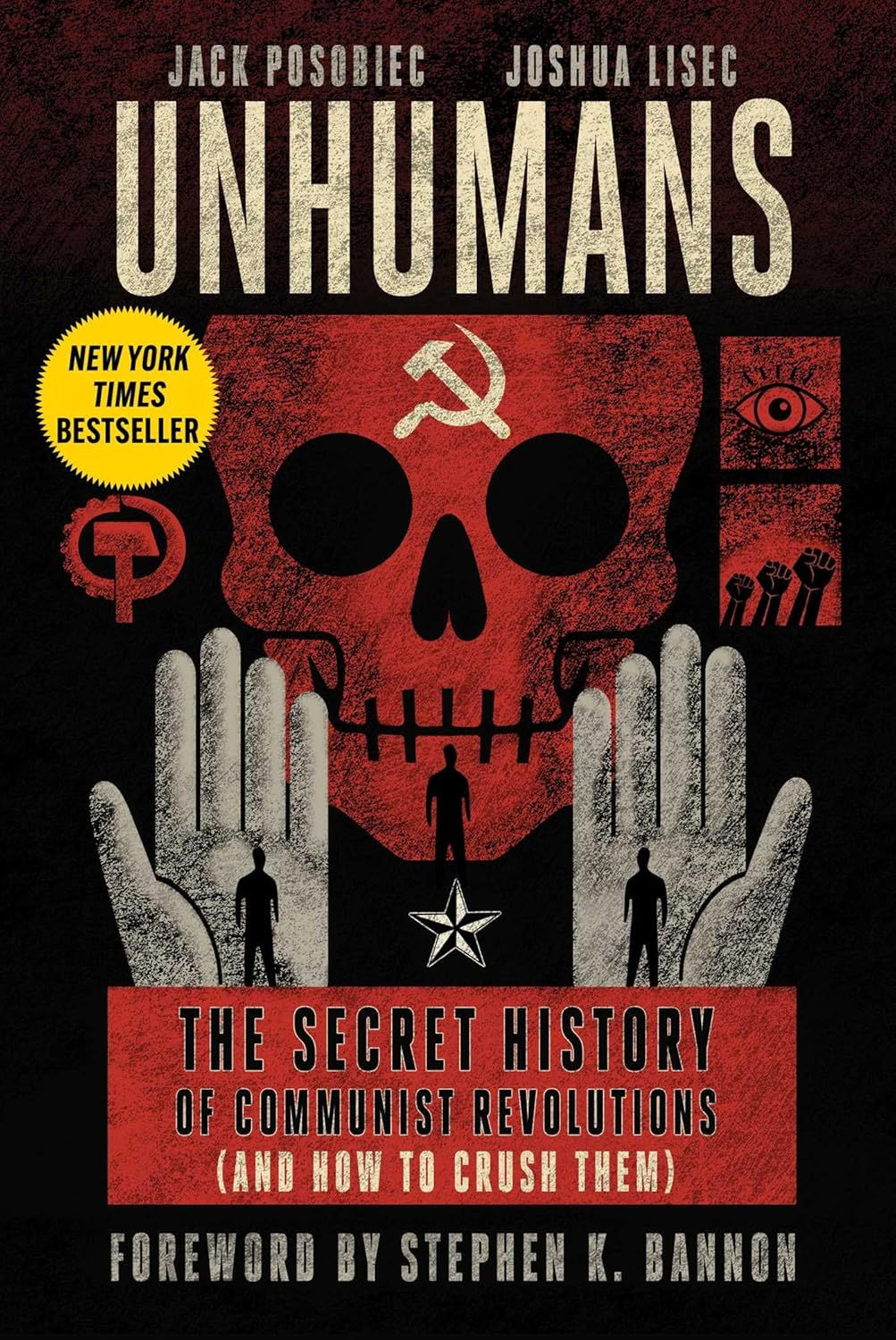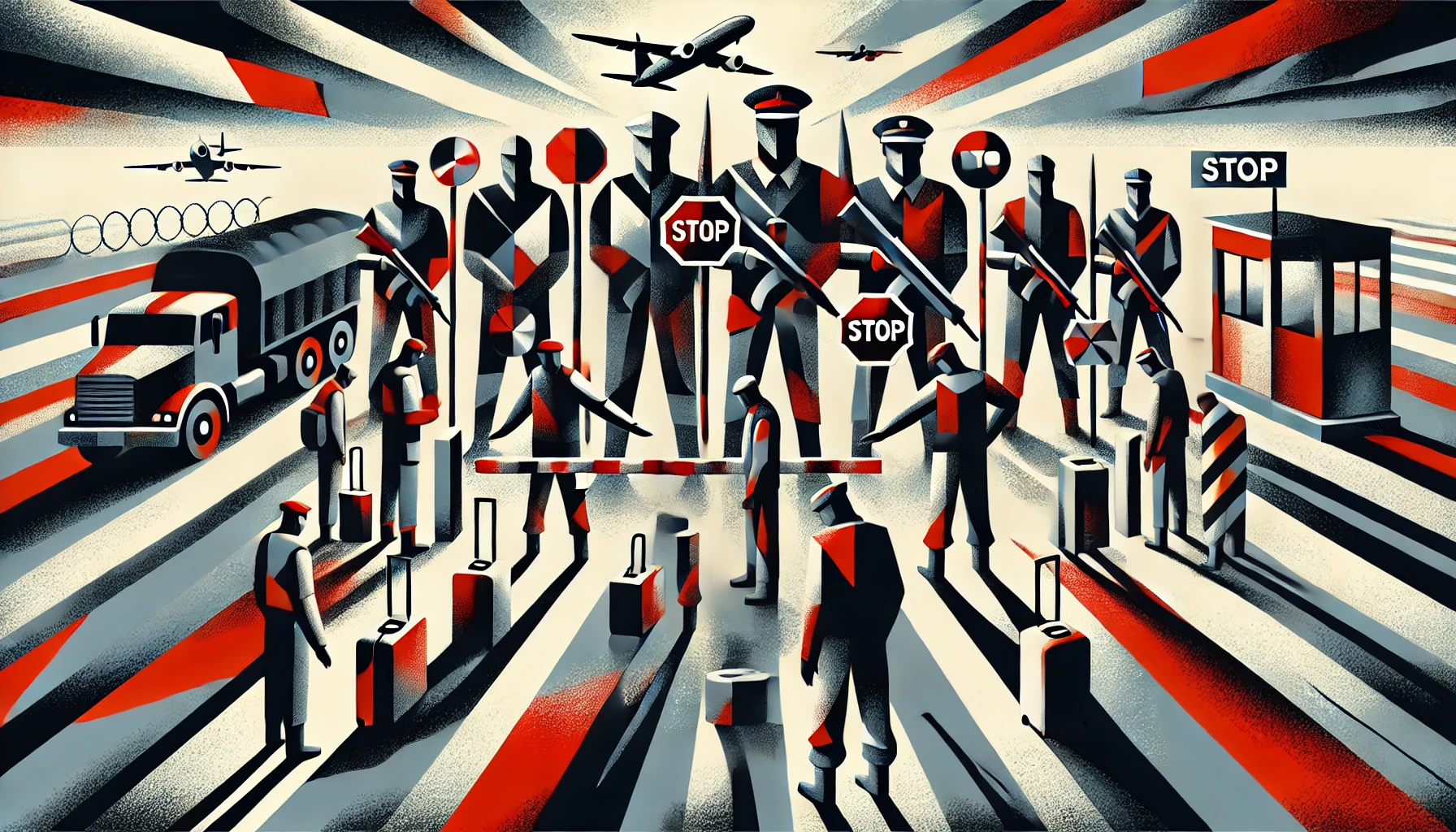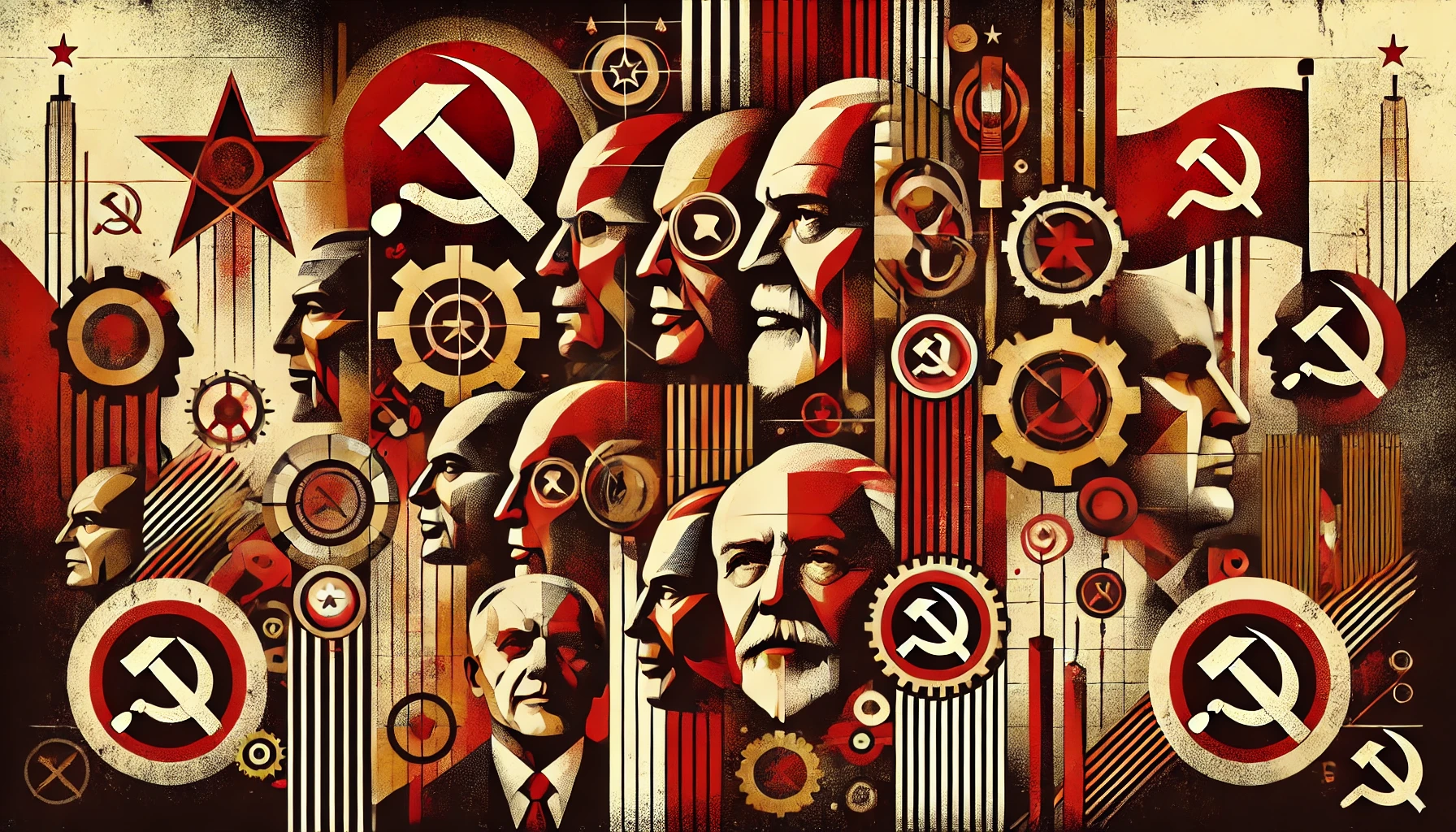Cuban Economic Crisis After Soviet Collapse
Introduction
The collapse of the Soviet Union in 1991 had a profound impact on Cuba, which had been heavily reliant on Soviet economic support and trade since the 1960s. The sudden loss of this vital lifeline plunged Cuba into a severe economic crisis known as the “Special Period in Time of Peace” (Período Especial en Tiempos de Paz). This period was characterized by acute shortages, widespread poverty, and a dramatic decline in living standards for the Cuban people.
Dependence on the Soviet Union
Prior to the Soviet collapse, Cuba’s economy was deeply intertwined with that of the USSR. The Soviet Union provided Cuba with subsidized oil, industrial goods, and a guaranteed market for its main export, sugar, at above-market prices. In return, Cuba supported Soviet geopolitical interests and served as a strategic ally in the Cold War. By the late 1980s, Soviet economic aid to Cuba amounted to $4-5 billion annually, equivalent to 20-25% of Cuba’s GDP [1].
Impact of the Soviet Collapse
The disintegration of the Soviet Union in 1991 abruptly ended this economic lifeline. Cuba’s GDP fell by 35% between 1989 and 1993, and imports plummeted by 75% [2]. The loss of Soviet oil supplies led to severe energy shortages, with blackouts becoming a daily occurrence. Transportation ground to a halt, and industrial production plummeted. Food became scarce as agricultural output declined due to lack of fuel, fertilizers, and spare parts for machinery.
The economic crisis had a devastating impact on the lives of ordinary Cubans. Caloric intake fell by an estimated 30%, leading to widespread undernourishment [3]. Medicines and medical supplies became scarce, affecting the healthcare system. Personal accounts from this period paint a grim picture of hardship and deprivation. As one Cuban recalled: “We were eating only one meal a day, and we were not seeing any food. I remember one day having a slice of bread and water for breakfast, rice and two fried eggs for lunch, and a bowl of spaghetti and tomato sauce for dinner” [4].
Government Response and Reforms
Faced with this dire situation, the Cuban government under Fidel Castro was forced to implement a series of economic reforms. In 1993, the government legalized the US dollar and allowed limited self-employment. It also opened the country to tourism and foreign investment, particularly in the tourism and mining sectors. These measures helped to alleviate the worst effects of the crisis, but at the cost of increased social inequality and a partial erosion of the state’s control over the economy.
Despite these reforms, the Cuban economy remained in a precarious state throughout the 1990s. It was not until the rise of Hugo Chávez in Venezuela and the establishment of the Cuba-Venezuela alliance in the early 2000s that Cuba found a new economic patron to replace the Soviet Union.
Conclusion
The Cuban economic crisis that followed the collapse of the Soviet Union was a traumatic event that tested the resilience of the Cuban people and the Cuban socialist system. While the government managed to navigate through the worst of the crisis and maintain its grip on power, it did so at a high cost in terms of living standards and social cohesion. The scars of the Special Period continue to shape Cuban society and politics to this day.
References
- Mesa-Lago, C. (1993). The Economic Effects on Cuba of the Downfall of Socialism in the USSR and Eastern Europe. In C. Mesa-Lago (Ed.), Cuba After the Cold War (pp. 133-196). University of Pittsburgh Press.
- Pérez-López, J. F. (1995). Cuba’s Second Economy: From Behind the Scenes to Center Stage. Transaction Publishers.
- Pastor, M., & Zimbalist, A. (1995). Cuba’s Economic Conundrum. NACLA Report on the Americas, 29(2), 7–12.
- Personal account from “Ana,” as quoted in Schwab, P. (1999). Cuba: Confronting the U.S. Embargo. Palgrave Macmillan.







